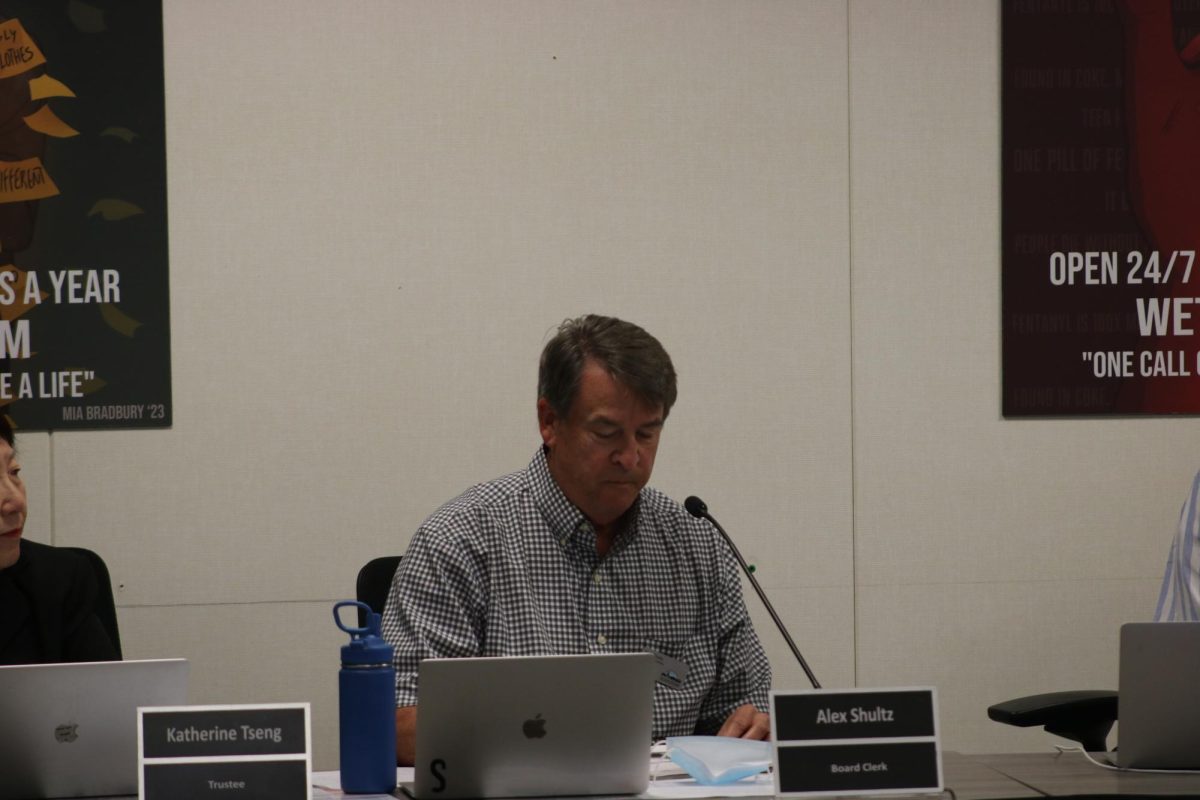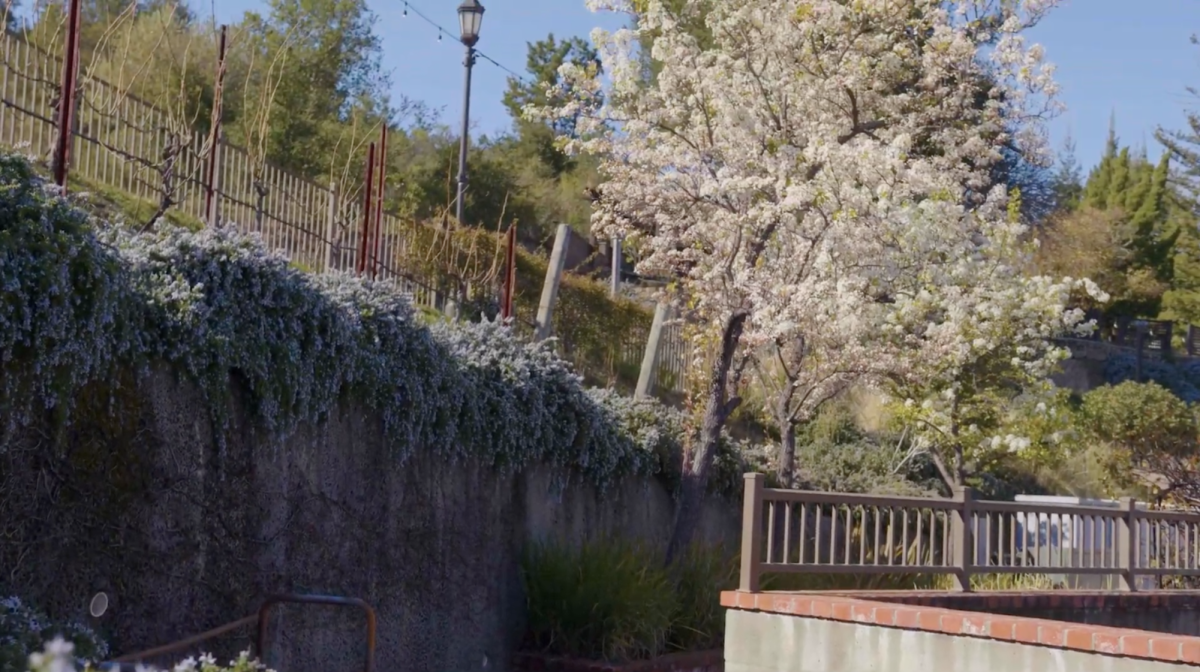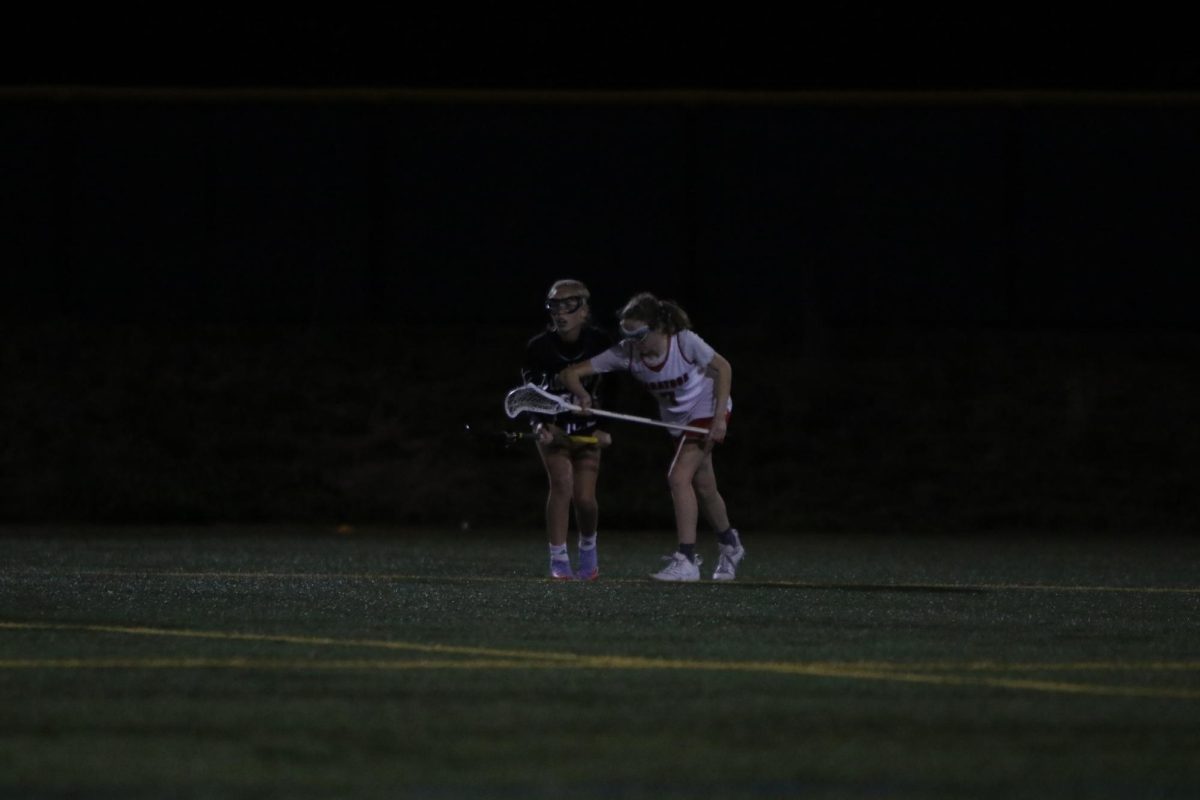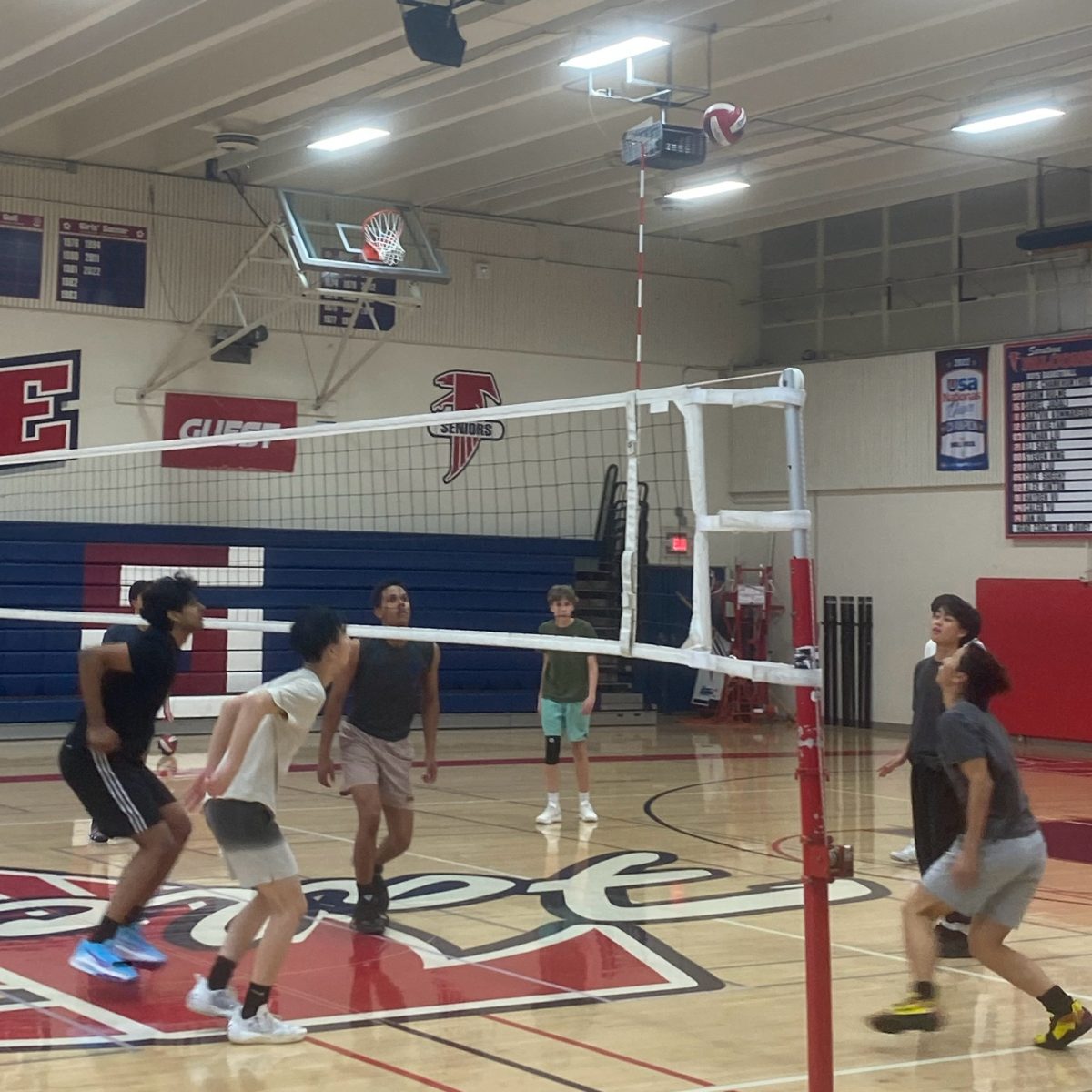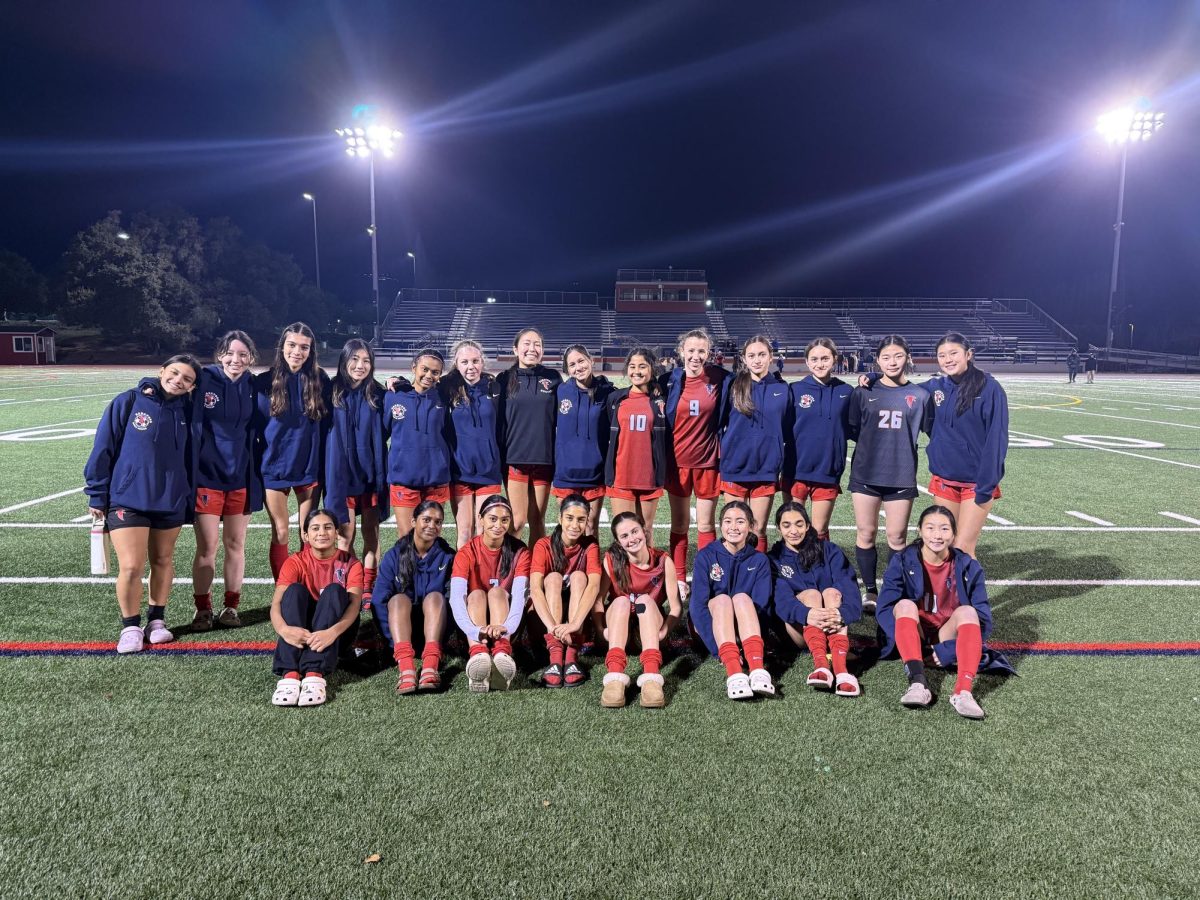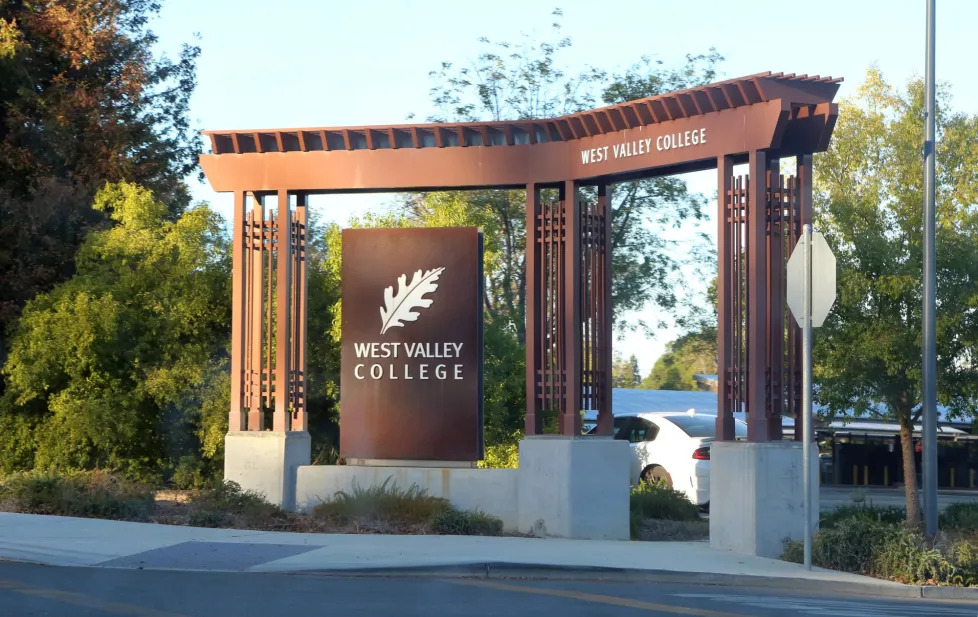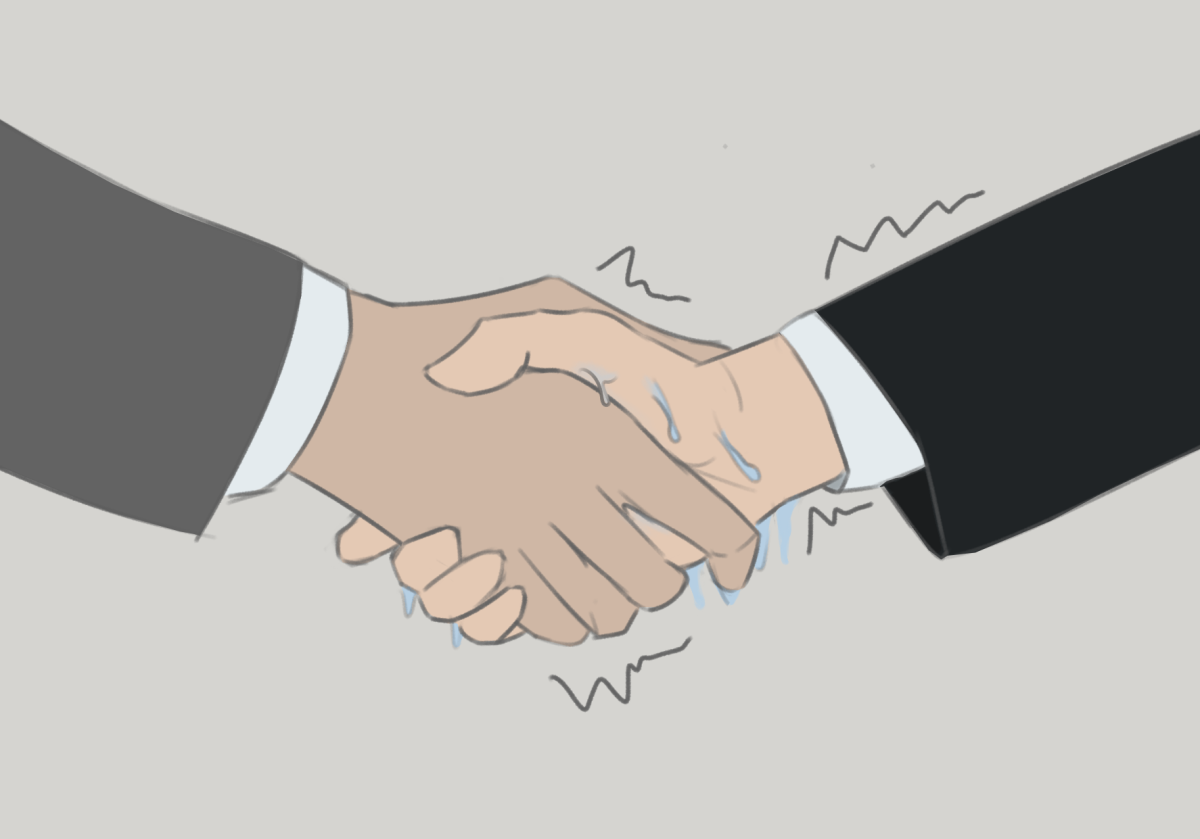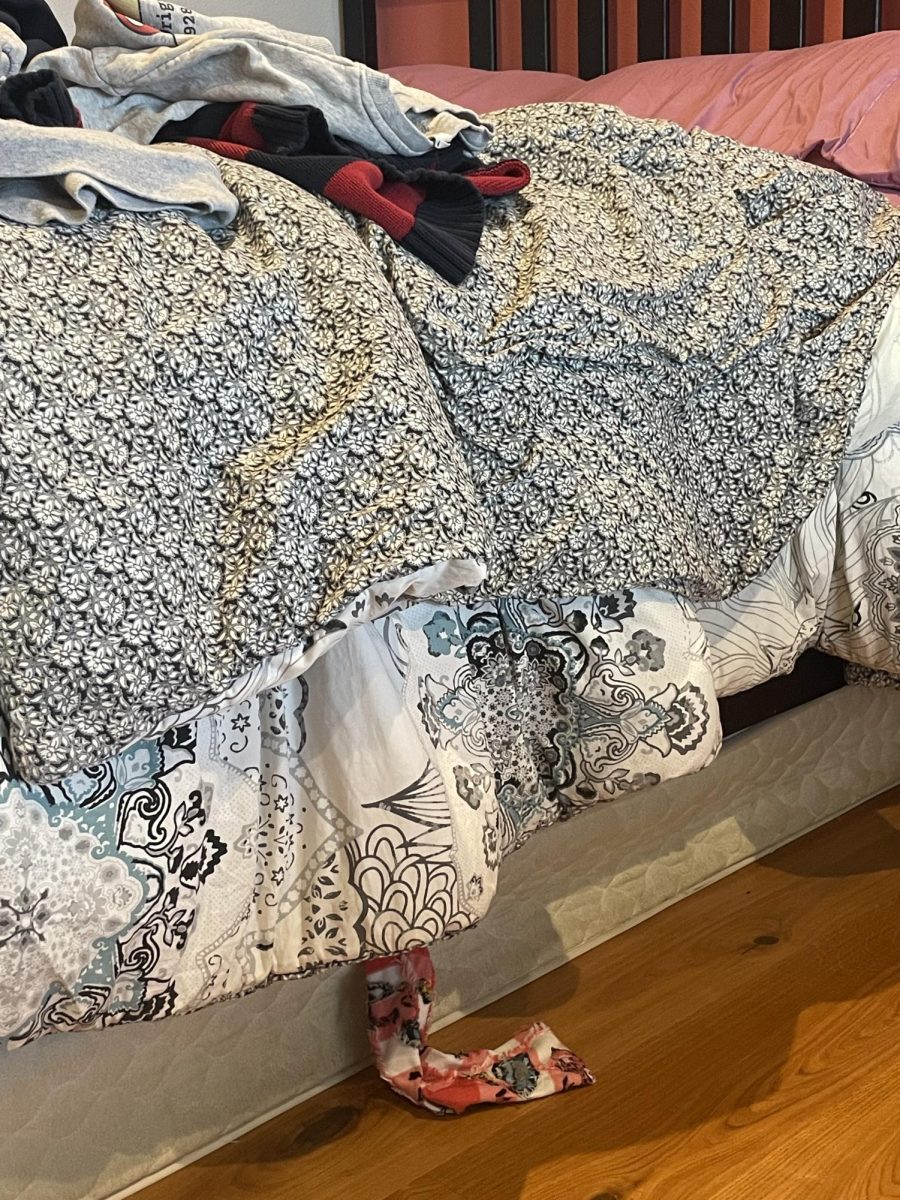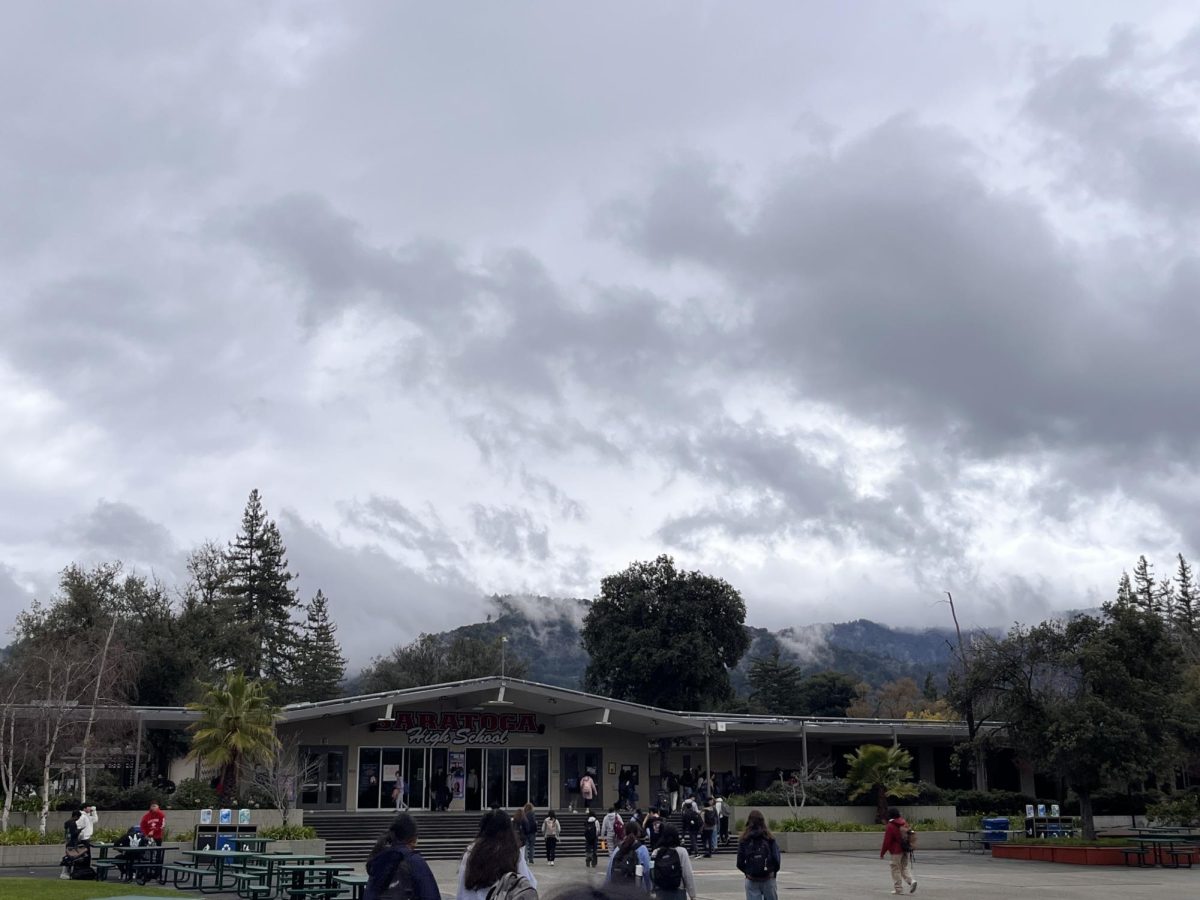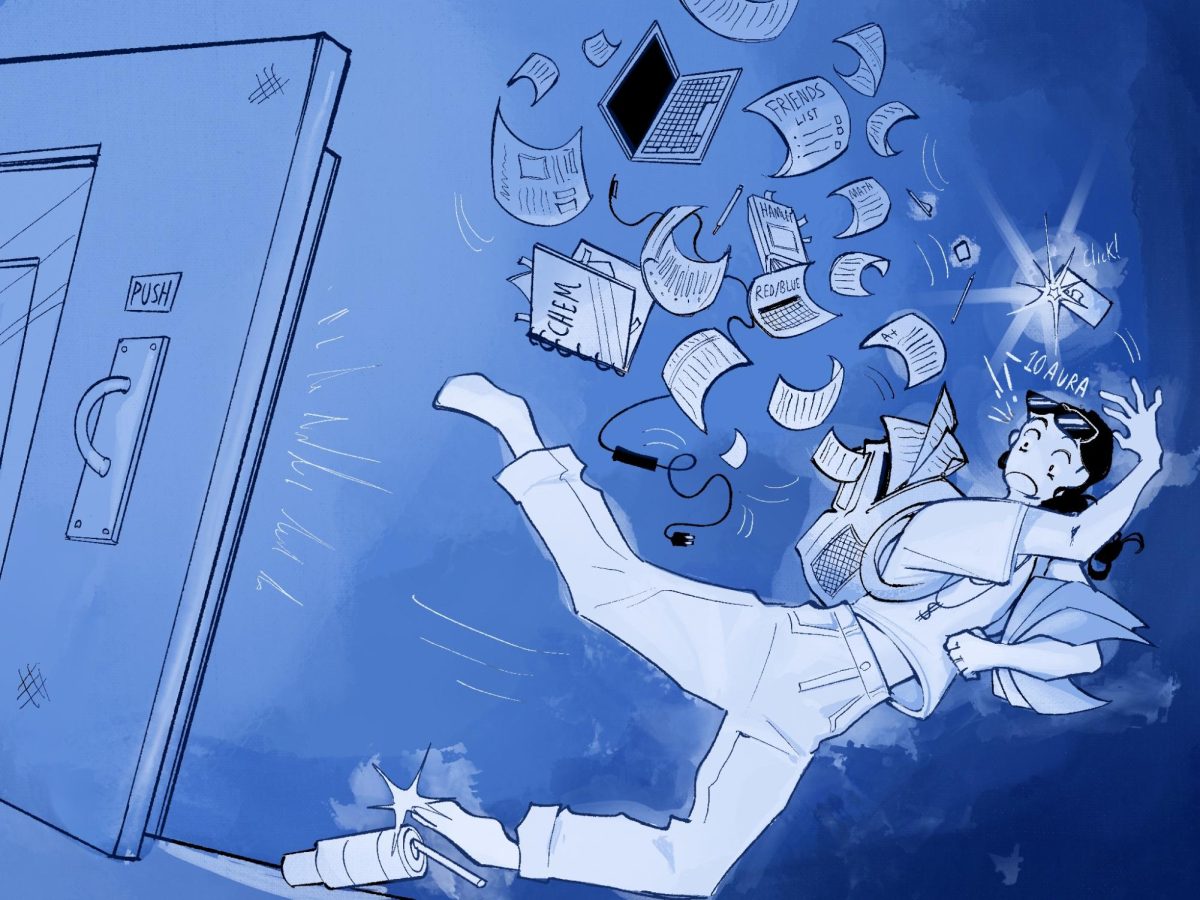Stationed in the science building’s interior corridor are five shower heads protruding from the walls that are always ready for use in the case of an emergency.
Students learn about these showers during lab safety reviews in each first week of school; teachers emphasize that the chemical showers are a vital tool in ensuring the safety of the lab environment.
Unlike some other safety resources available to students, chemical showers are not meant for frequent use; instead, they are a last resort, preceded by eyewash stations and basic first aid kits for less dire situations. According to AP Chemistry teacher Janny Cahatol, showers are only intended to treat chemical spills on areas of the body that can’t be rinsed in the sink.
As a student, needing to use the chemical shower can seem like a nightmare. In order to properly rinse all chemicals off your body, you must take off all your clothes to let the water run down your exposed skin. The process can also be tedious, since students need to stand under the water for at least 15 minutes.
Contrary to common belief, the chemical shower is nothing like a normal shower; instead, it is a strong surge of water that would flood a good portion of the corridor. Without reinforcement, the torrent is so strong that it will actually damage the tiles, furniture and wall around it. As a result, Cahatol explained that these showers are never checked for maintenance or operationality.
The Falcon set out to learn more about the last time the chemical shower was used, and found the anticlimactic but fortunate conclusion that the chemical shower has never been used at the school, since the creation of the science wing building in 2002.
However, if the chemical shower were to be used in the future, Cahatol heavily emphasized the respect other students must show toward the victim.
“If a person is using the shower, we’re all trained to give that person as much privacy as possible. It is a very traumatic situation, and so we don’t want to add to their trauma by watching them,” Cahatol said.
Biology teacher Lisa Cochrum also prioritizes controlling the situation and protecting the injured student’s privacy. She believes that the teacher is not the only one that can help; Cochrum trusts other students’ willingness and ability to respond to her instructions, such as clearing the way for the injured student or bringing supplies.
Among the science courses the school offers, Honors Chemistry teacher Kathy Nakamatsu said labs involving acids and bases, such as titration labs, are the most prone to requiring use of the chemical showers. But more than two decades into the building’s life, science teachers hope the chemical showers remain unused and precautionary only.

